Many professors, students, and college officials regularly visit various countries and places for various projects or other academic/scholarly purposes. While doing so, they also tend to make the best use of their time by taking a sightseeing tour of the places or countries they are in. Keeping that in mind, First Environmental Trekking and Tours is designing a special package suited exclusively for such a visit. This package will be completely based on the needs of an academic. So if you are an academic, student, or a college staff visiting Nepal for a conference, research, or for any other educational purposes and would like to take this opportunity to do trekking or tours in Nepal, First Environmental Trekking and Tours highly recommends this special package for you.
We will provide you with a special, educated, English-speaking guide and will prepare a special itinerary that is mindful of your interests. Since academic tours tend to be very tight in schedule and budget, so long, careful planning is mandatory to make sure everything goes well. Therefore, we make sure to have a thorough discussion with you as well as your university before the tour and take careful measure in planning out everything in detail.
We are also aware of the fact that most of these vacations tend to be university-sponsored. Therefore, we would be happy to do the transaction directly with your university and to comply with the mandates stipulated by your institution. All of our similar tours and treks have always been a great success, so you can rest assured that your experience will be no different.
We also help you organize your tickets, hotels, guides, porters, itineraries, permits, and pretty much everything related to trekking and tours in Nepal.
Note: Since this tour is related to education, a special discount will be given for this tour. Therefore, our total cost for this tour will be significantly less than our regular tour cost.
Itinerary
Expand/Close
Arrival Tribhuvan International Airport, Kathmandu. Transfer to hotel.
Kathmandu Sightseeing tour
Pashupatinath: Situated 5 kilometres east of Kathmandu City, Pashupatinath temple is one of the holiest temples dedicated to Lord Shiva. Situated amidst a lush green natural setting on the bank of the sacred Bagmati river, this temple, built in pagoda style, has a jilted roof and richly carved silver doors. Visitors will be permitted to view the temple from the east bank of Bagmati River, entrance in the temple being strictly forbidden to all non-Hindus. Pashupatinath is the centre of annual pilgrimage on the day of Shivaratri, which falls in the month of February/March. Behind the temple are the cremation grounds.
After Pashupatinath, we head towards Boudhanath, another magnificent pagoda-styled Buddhist stupa famously known as “The Little Tibet.”
Boudhanath: This stupa, located at 8 kilometres east of Kathmandu, is one of the biggest in the world for its kind. It stands with four pairs of eyes in the four cardinal direction, which is believed to be keeping an eye on righteous behaviour and human prosperity. The stupa was built by King Man Deva at the advice of Goddess Mani Jogini. It is built on an octagonal base inset with prayer wheels. The shrine is ringed by houses of Lamas or Buddhist priests.
After finishing the tour around Boudhanath, we head towards Kathmandu Durbar Square, another small site, also listed on the UNESCO World Heritage Site for its great religious importance.
Kathmandu Durbar Square: Kathmandu Durbar Square is one of the major attractions of Kathmandu Valley. The word “Durbar Square” is translated in English as Palace Complex. The Durbar Square, with its old temples and palaces, epitomizes the religious and cultural life of the people.
After concluding the tour around Kathmandu Durbar Square, we will head towards Swayambhunath, nicknamed the “Monkey Temple.” This Buddhist stupa holds some great artistic merit and it is surrounded by magnificent small Buddhist monasteries, which provide you with some great Buddhist culture and tradition.
Swayambhunath: Swayambhunath is located approximately 4 kilometres west of Kathmandu, and this Buddhist stupa is said to be 2000 years old. The stupa, which forms the main structure, is composed of a solid hemisphere of brick and earth, supporting a lofty conical spire capped by a pinnacle of copper gilt. Painted on the four-sided base of the spire are the all-seeing eyes of Lord Buddha. This hill is a mosaic of small Chaityas and Pagoda temples.
Mountain Flight in the morning (1 hr). Sightseeing tour at Patan and Bhaktapur in the evening.
Overnight at hotel, Kathmandu.
Since Nepal is a country full of beautiful mountain ranges, Mountain Flight in Nepal is one of the best ways of experiencing the magic of this country. Mountain flights also offer a great alternative for anybody short on time or anybody who is not fit enough to hike through the often challenging trails of Nepal. Even those visitors who like the rigours of trek still don’t miss the opportunity to “conquer” the mountains in one fell swoop.
Travellers take off from Kathmandu in the early morning for an hour’s worth of spectacular mountain scenery. As the aircraft lifts up and heads towards the east, passengers don’t have to wait long to find out what’s in store for them. First to their far left visitors see Gosaikunda (The top Hindu’s holy lake), also called Shisha Pangma, standing at the majestic height of 8,013m. Immediately to the right of Gosaikunda, there appears the mountain Dorje Lakpa (6,966m.). To the right of Dorje Lakpa, you can enjoy a panoramic view of the Kathmandu Valley. Next on the vision is the mountain Choba- Bhamare, the smallest one of the lot at 5,933m but singularly stubborn as it has never been climbed. Then there appears the holy mountain Gauri Shankar (7134m). Lord Shiva and his consort Gauri are said to protect this mountain. Gauri Shanker is sharp and very conspicuous during the mountain flight.
As the plane moves towards the land of the rising sun, the eastern Himalayan, a succession of glorious mountains follow. Melungtse, a plateau-like mountain, stretches up to 7,023m. Chugimago at 6,297m is still a virgin, waiting to be climbed. At 6,956m, the mountain resembles a breast, the maternal source in the sky, providing pure milk to the Sherpas of the Solukhumbu. Next is Karyolung, an intensely white mountain, that at 6,511m gleams with the rising sun. Then there is Cho-Oyu, the eighth highest mountain in the world. Reaching a height of 8,201m, it appears stunningly beautiful from the aircraft. Next on the menu is Gyachungkang, at a majestic height of 7,952m, which is considered a difficult ascent. To the right of Gyachungkang is Pumori (7,161m). As passengers get closer to Everest, there’s Nuptse. Then finally there is the Everest itself (8,848m), known as Sagarmatha (Everest) by the Nepalese and Chomolungma by the Tibetans.
Patan Durbar Square
Patan Durbar Square, like its counterpart in Kathmandu, is an enchanting mélange of palace buildings, artistic courtyards and graceful pagoda temples. Listed as a World Heritage Site, the former royal palace complex is the centre of Patan’s religious and social life and houses a museum containing an array of bronze statues and religious objects. One remarkable monument here is a 17th-century temple dedicated to the Hindu god Krishna, built entirely of stone.
The main attractions in Patan
Beside above-mentioned places to visit there are other significant sites to be visited:
a) Golden Temple
b) Kumbheshwar
c) Krishna Mandir
d) Jagat Narayan
e) Mahaboudha
f) Ashokan Stupa
g) Machchhendranath Temple
h) The Tibetan Camp
Bhaktapur (1,401m) covers an area of four square miles. Bhaktapur or the city of devotees still retains a medieval charm, and visitors to this ancient town are treated to myriad wonders of cultural and artistic achievements. The past glory of the Malla rules continues to be reflected at the Darbar Square. Pottery and weaving are its traditional industries. Bhaktapur is famous for woodcarving and the traditional topi or cap. The city lies about 14 km east of Kathmandu. The places of interest include Bhaktapur Darbar Square, the National Art Gallery, Nyatapola Temple, Bhairavnath Temple, Dattatreya Temple and Dattatreya Square.
Bhaktapur Durbar Square The main square of the city contains innumerable temples and other architectural showpieces such as lion gate, the golden gate, the statue of King Bhupatindra Malla, Dattatraya Temple, etc.
A magnificent statue of King Bhupatindra Malla in the act of worship is placed on a column facing the palace. It was listed in the UNESCO World Heritage Monument List in 1979.
Palace of 55 Windows Being built by King Yaksha Mall in 1427 A.D. and remodelled by King Bhupatindra Malla in 17th Century. The balcony and the windows are intricately carved is a masterpiece of wood carving.
Nyatapola Temple This five-storied Pagoda Style temple was built by King Bhupatindra Malla in 1708 A.D.; well known for its massive structure and subtle workmanship. It is the tallest pagoda structure in the Kathmandu valley.
Nagarkot is a famous place to see mountain ranges and sunrise. It lies at an altitude of 2211m and is located 30 km northeast of Kathmandu. If the weather is good, one can see great views of the Himalayas including Annapurna, Langtang, Dorje Lakpa and Gauri Shanker, Ganesh Himala. The mountain flight that goes each day to show Everest and the other Himalayas from Kathmandu goes via the Nagarkot route.
Many visitors go to Nagarkot to see the sunrise. Once the sun begins to rise from behind the Himalayas, it looks spectacular as the mountain changes its colour. However, to see the sunrise, visitors have to go to Nagarkot at 4 o’clock in the morning.
Morning flight to Pokhara. Look around Pokhara.
Overnight at hotel.
Drive from Pokhara (915 m.) to Nayapul (1050m.) by car (1 & 1/2 hr)
Same day trek Birethanti to Tikhe Dhungga (1540m) 5 hrs
Ghorepani Poonhill trek is a beautiful short introduction to both Annapurna and Dhaulagiri trekking regions. The trails in the Ghorepani-Poonhill trek go through icy waterfalls and historical old patchwork valleys full of dense mossy forests. Around every bend, you will be teased by glimpses of different high snow-covered mountains, but the whole beauty of them will be revealed as you reach the highest point of the trek at Poonhill viewpoint.
This short trek through the foothills of Annapurna mountain range to the viewpoint of Poonhill offers the best trek in Nepal. You will get to behold glimpses of Machhapuchhare (Fish Tail Mountain), Annapurna Mountain Range, the great Dhaulagiri, and the spectacular villages inhabited by the Gurkha tribes of Gurungs and Magars. You will also get to enjoy ancient dense rhododendron forests full of flora and fauna in the deep sub-tropical valleys of this region. Ghorepani (2874 meter/9429 Feet) is a village in Annapurna region famous for its viewpoint: the Poonhill (3210 meters/10531 Feet), and for its very famous culture and heritage. The village is within the boundary of Annapurna Conservation Area and Myagdi District of Dhaulagiri zone of central Nepal. This place was named Ghorepani as in ancient time it was the place where the traders in this zone found water for their horse (“Ghore” meaning horse and “Pani” meaning water in Nepalese language.) It’s also a major midpoint linking major trekking and travel routes of both Annapurna and Dhaulagiri region treks.
Trek from Thikhe Dhunga to Ghorepani (2880m) 6 hr.
Trek from Ghorepani to Poon Hill (3180m.) via Tadapani (2675m.) to Ghandruk (1950m.) 7 hrs.
Trek from Ghandruk (1950m) to Nayapul (1070m) via Birethanti 5 hrs.
Same day drive from Naya Pool to Pokhara
Drive from Pokhara to Chitwan National Park 5 hrs
Overnight at hotel.
Chitwan is an inner Terai district of Nepal. It is neither located in the Terai region nor in the Hilly region of Nepal. It lies in the middle of Terai and Hilly region. That is why the climate here is neither cold nor hot. People of every caste live here. Tharu, Brahman, Kshetri, Madhesi, etc. all live in Chitwan district because it is more developed than any other hilly and mountainous districts of Nepal. So it is a sample of the harmony of castes of Nepal. The oldest national park of Nepal lies here, which is one of the major attraction places for tourism field. Therefore, every year thousands of tourists visit Chitwan National Park. Chitwan National Park is not only the property of Nepal, it is also a property of the whole world since it is listed as a world heritage site. There are many rare and endangered animals and birds species in here. One-horned rhinoceros is found only in Chitwan National Park. In addition, Bengal Tiger, also known as Pate Bagh, which is an endangered species and the largest carnivorous species, is found in this national park. Chitwan National Park is the home to elephants, deer, leopards, alligators, crocodiles, Bengal tigers, etc. along with many threatened species. This national park occupies 932 km square area of Chitwan and Parsa District of Nepal.
Jungle Safari/ activities. You enjoy jungle activities, either riding an elephant or doing a Jeep Safari, or similar activities. Overnight at lodge
The activities that you may want to do during your Chitwan Tour are as follows:-
Canoe Trip: You can enjoy a canoe trip on either The Rapti River or The Budhi Rapti River, which border the National Park. You can see two types of crocodiles, the Gharial and Mugger, basking on the riverbank.
Bird Watching: For the bird watchers, Paradise Island offers over 450 species of exotic birds, both domestic as well as migratory birds. Many are threatened, e.g. the Great Pied hornbill, Bengal Florian, Peregrine falcon, etc. This bird-watching trip is bound to be a memorable experience.
Nature Walk: Our experienced naturalists will accompany you to the more specialized habitats. This is an ideal opportunity to explore and experience at close quarters the beauty of the flora and fauna. The naturalist sets restrictions and constantly keeps an eye on you to obviate any risks from wildlife attacks.
Elephant Breeding Centre: This is the first Elephant Breeding Centre of Asia. You can see baby elephants socializing with their parents and other babies. This centre is government-owned and its purpose is to raise the young elephants and to train them to transport tourists around the region.
Village tour: Excursion in Tharu village will grant you an exhilarating experience. Tharus are the indigenous inhabitant of the Terai. We offer guided cultural tours to meet these people and experience their traditional, self-sufficient way of life.
Cultural Program: In the evening, you will get an opportunity to be a part of Tharu folk dance. The drummers and symbolic-stick dancers perform traditional movements and invite guests to join them in this rhythmic display. Such cultural shows performed by Tharus is an unforgettable experience. The Tharus in their unique, traditional, colourful costumes, which is very different from the common style of dressing all over Nepal, are sure to captivate you.
Continue Jungle Safari activities.
Overnight at hotel.
Elephant Bathing: Your guide will take you to a specific place where you can observe elephant bathing.
Crocodile Walk: Another option is to go for a crocodile walk. It goes through grassland and forest along the bank of Rapti / Narayani river.
Elephant safari: Riding on the back of an elephant, you can view the wildlife in their natural habitat.
Jungle Drive: A tour by four-wheel drive in the less distributed areas of the park to track the rarer species. You will visit Ox-bow Lake and a museum of historical interest related to the park.
Note: Please choose one: Elephant Safari OR Jungle Drive.
Cultural tour around Chitwan in the morning. Have breakfast and drive back to Kathmandu. Overnight at hotel.
Shopping and look around Kathmandu.
Fly out to your destination.
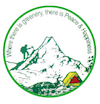
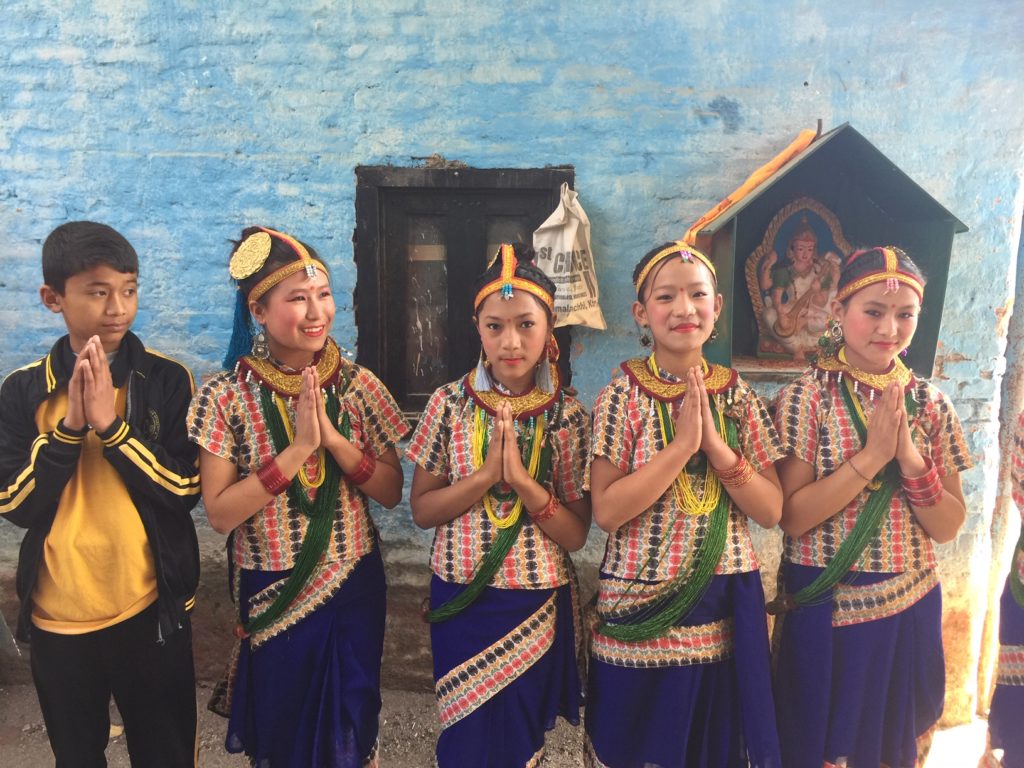
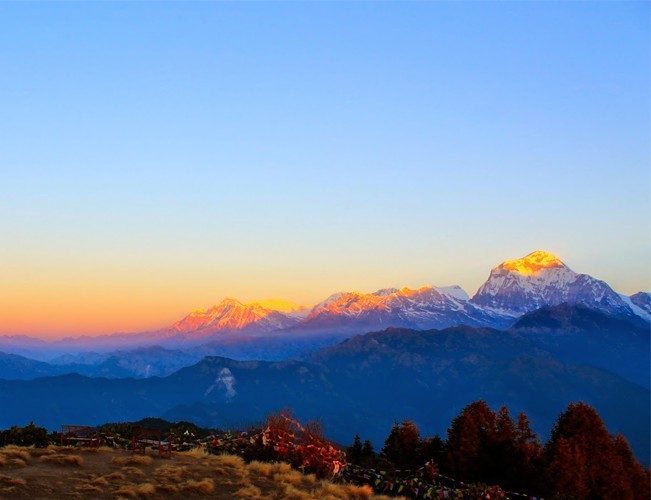
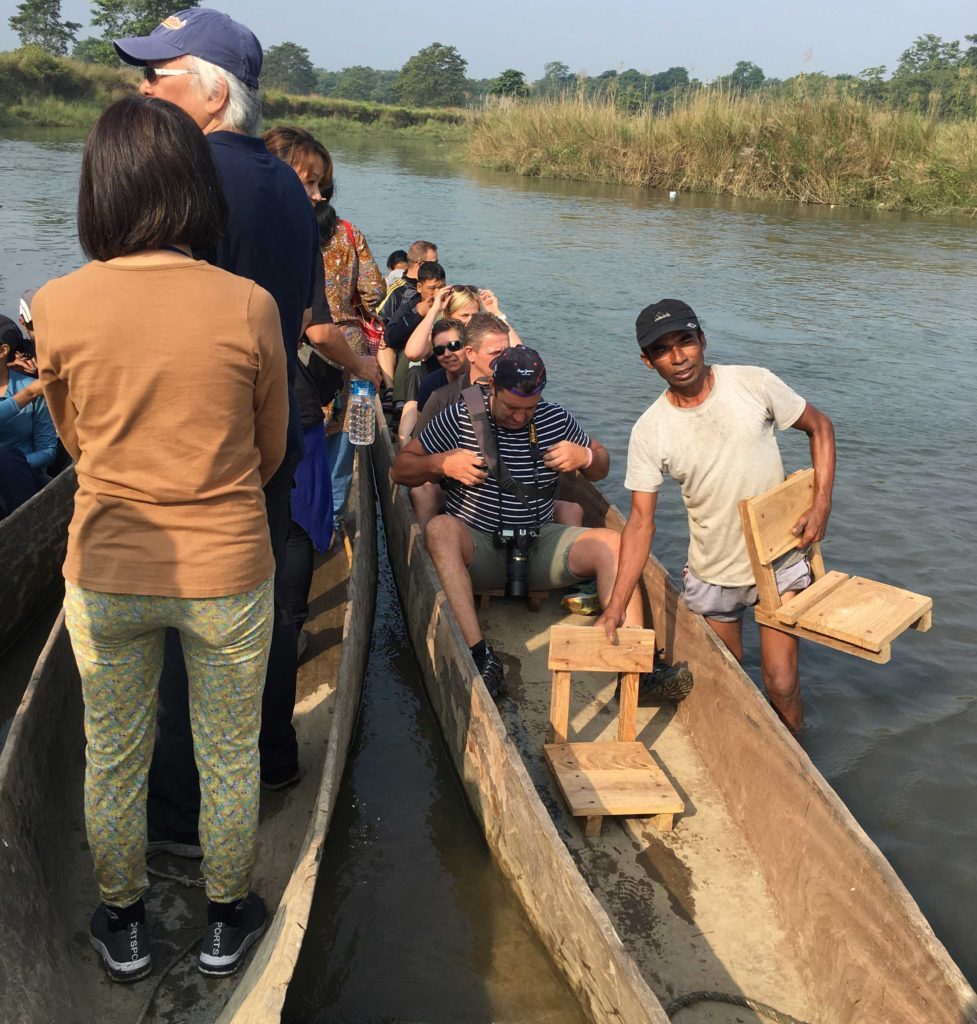
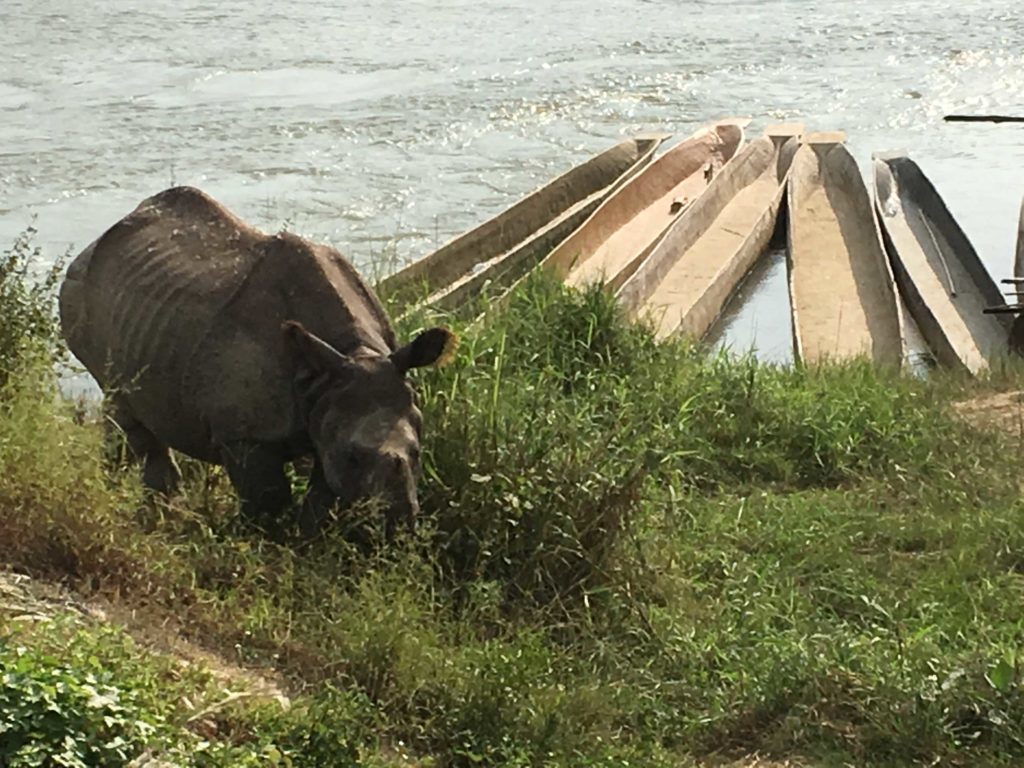
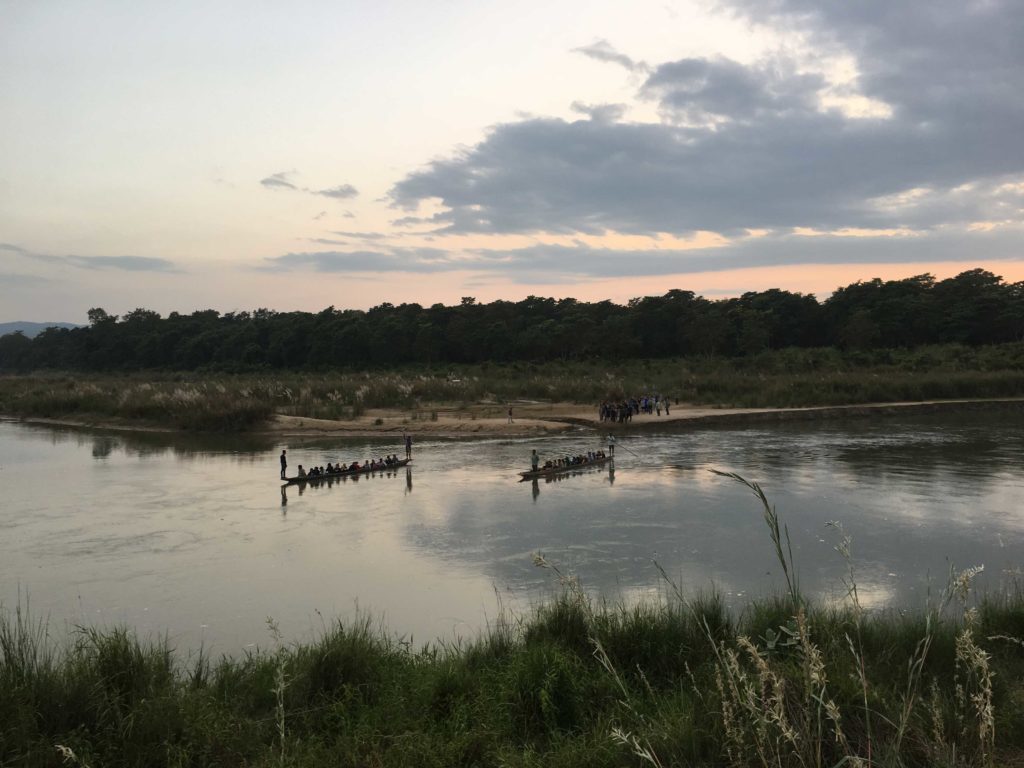
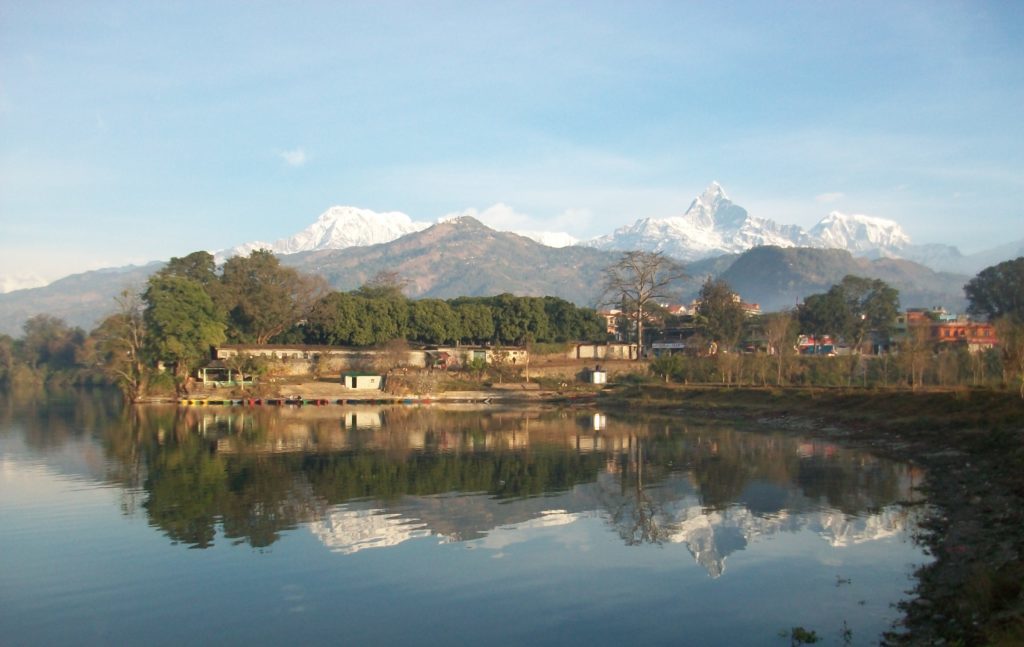
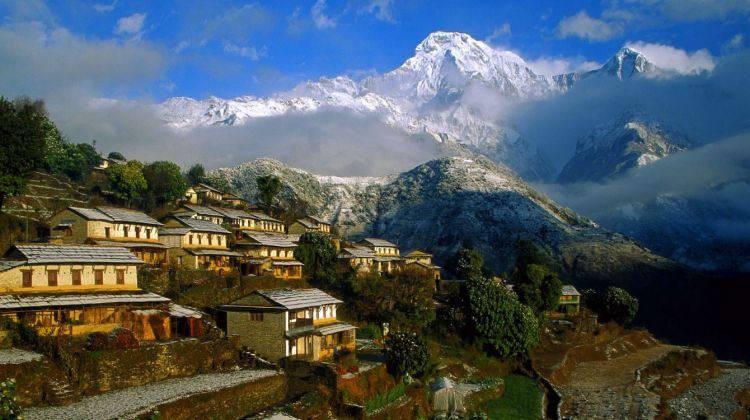
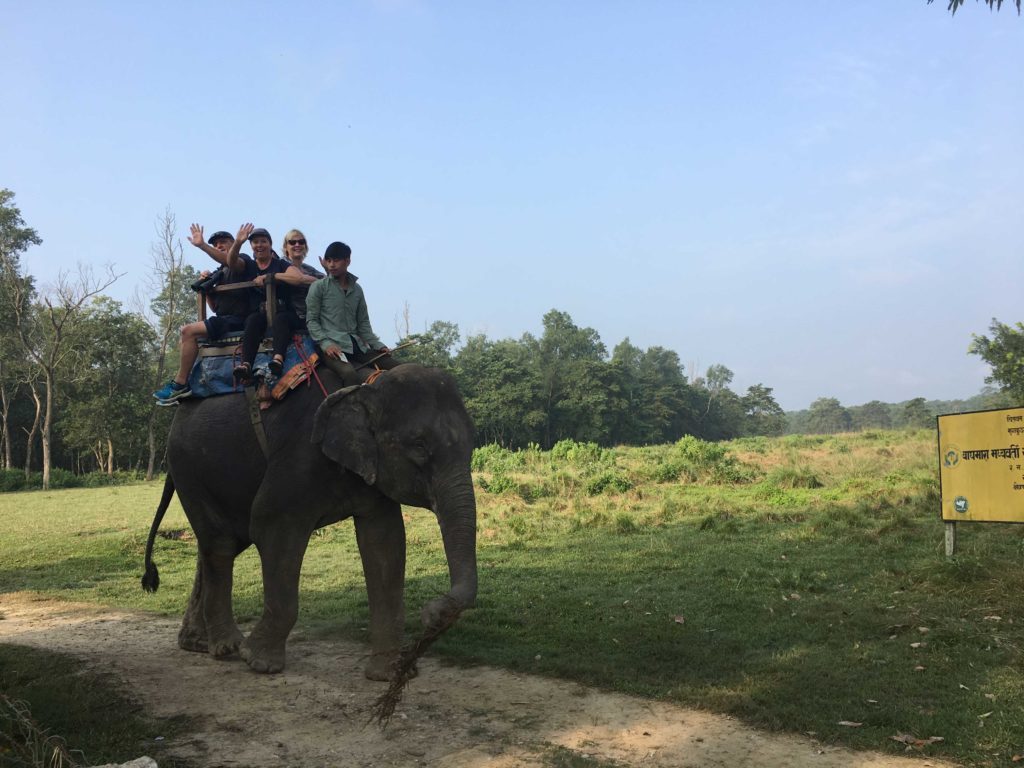
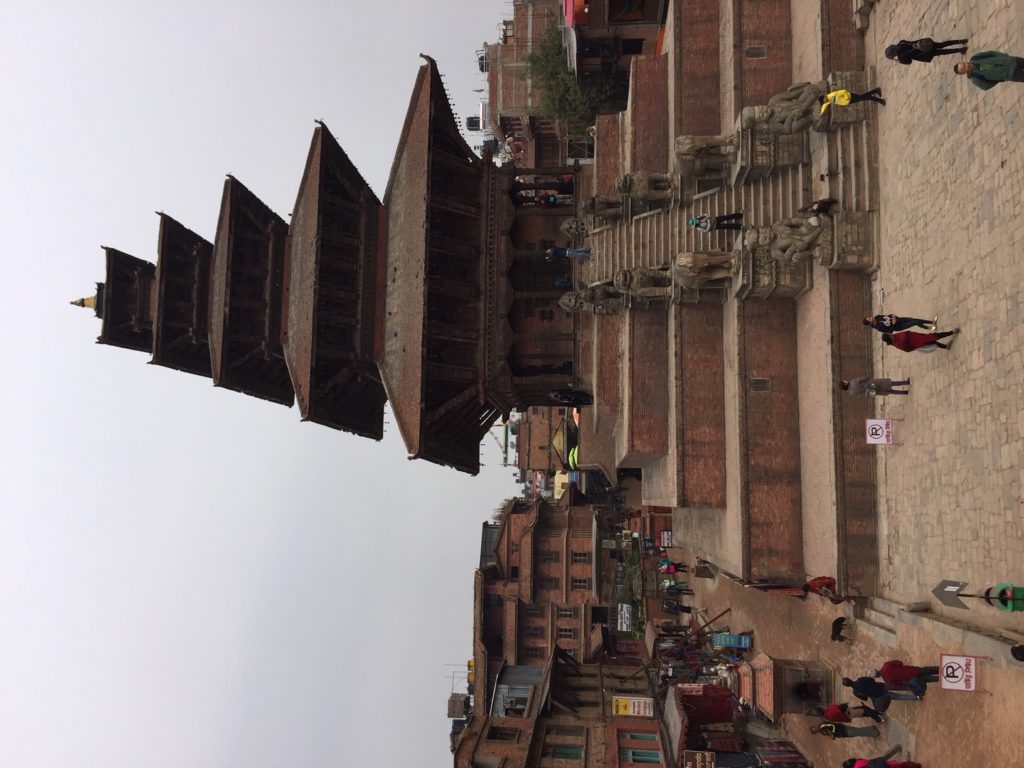
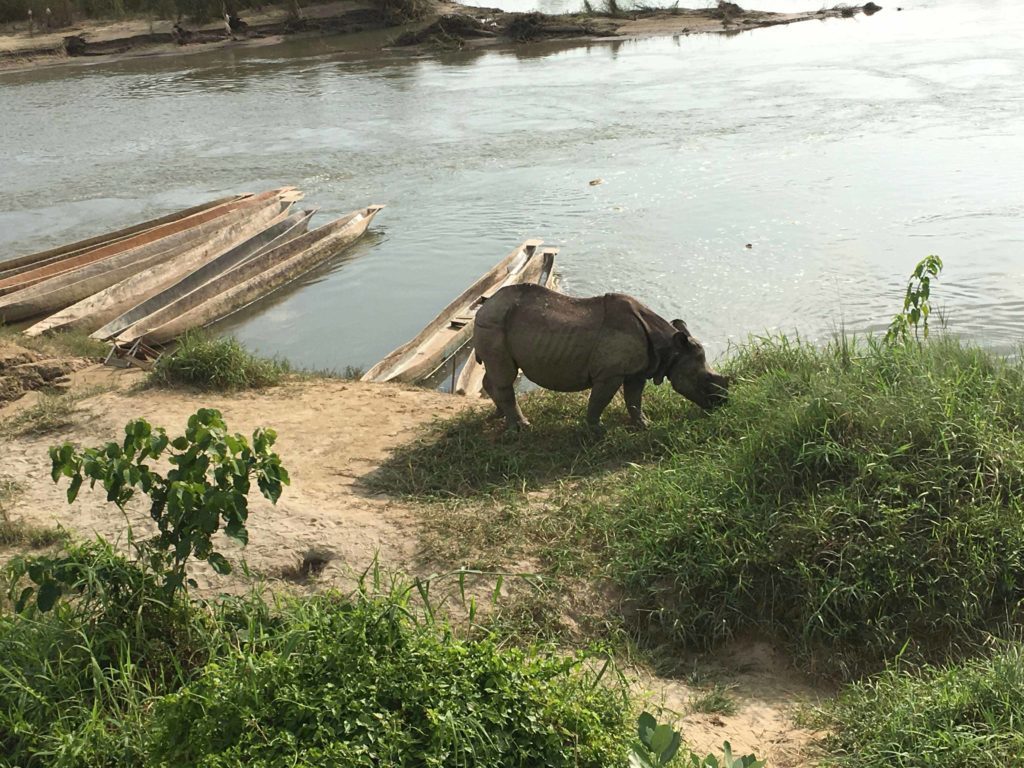
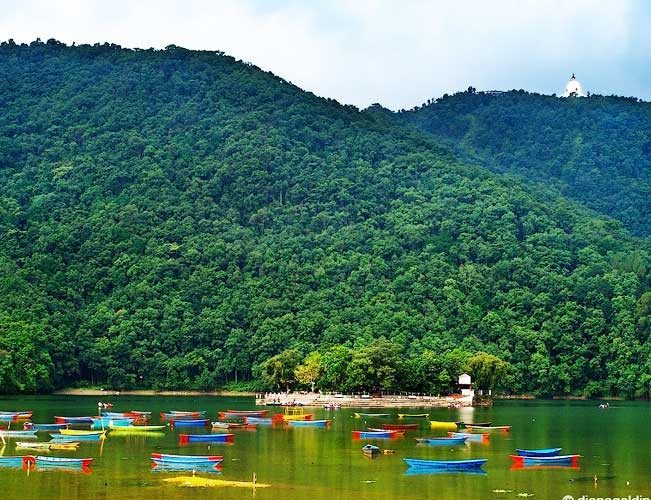
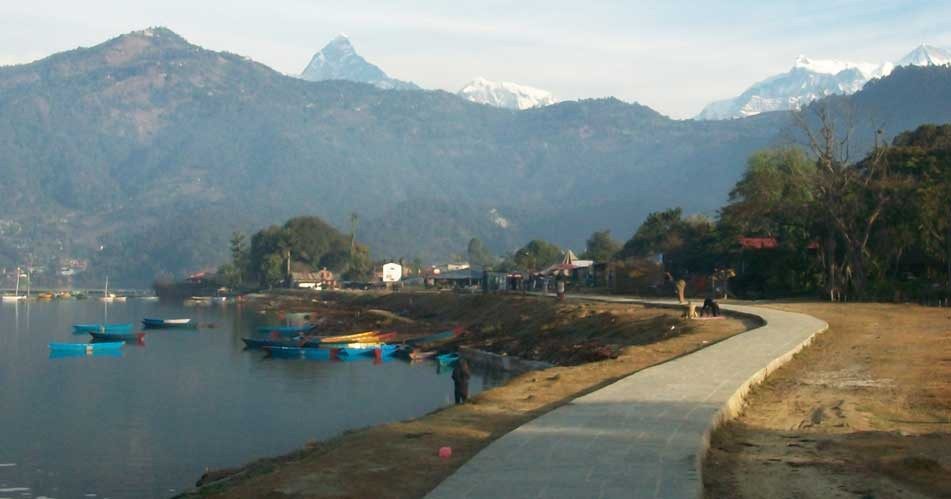
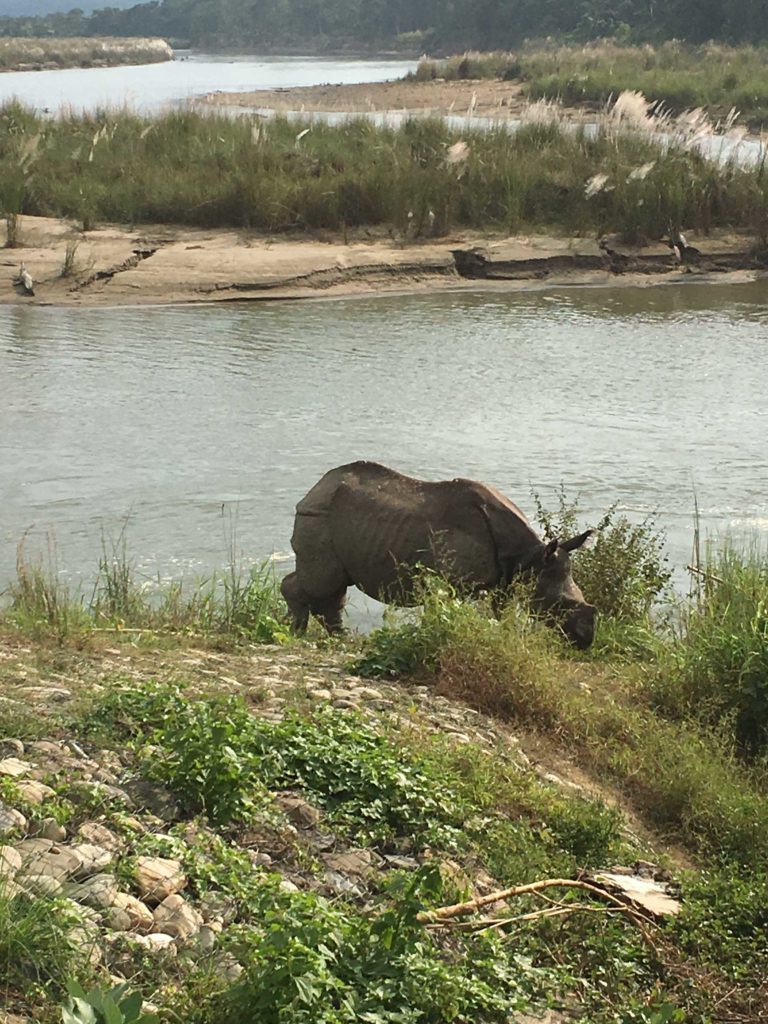
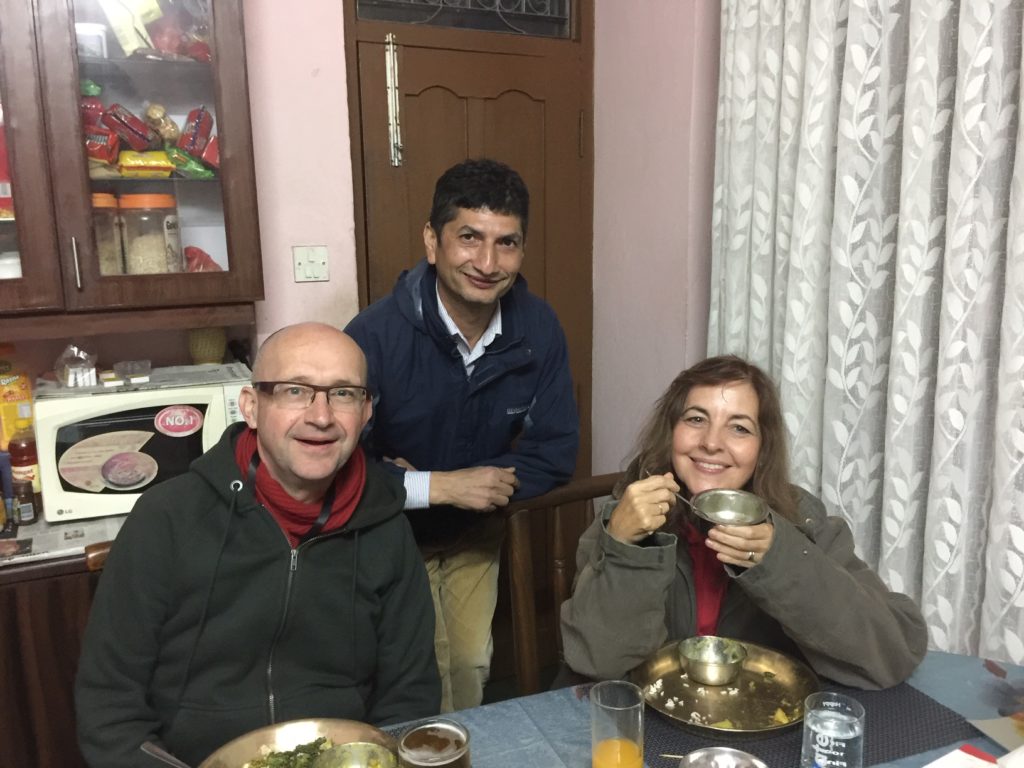
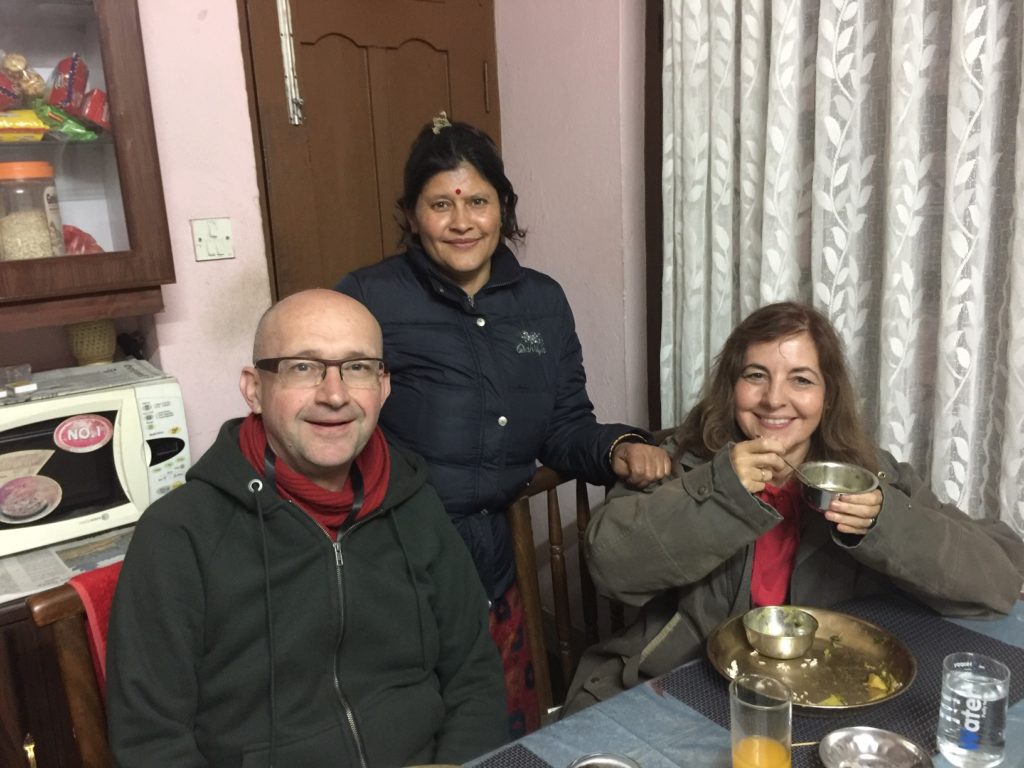
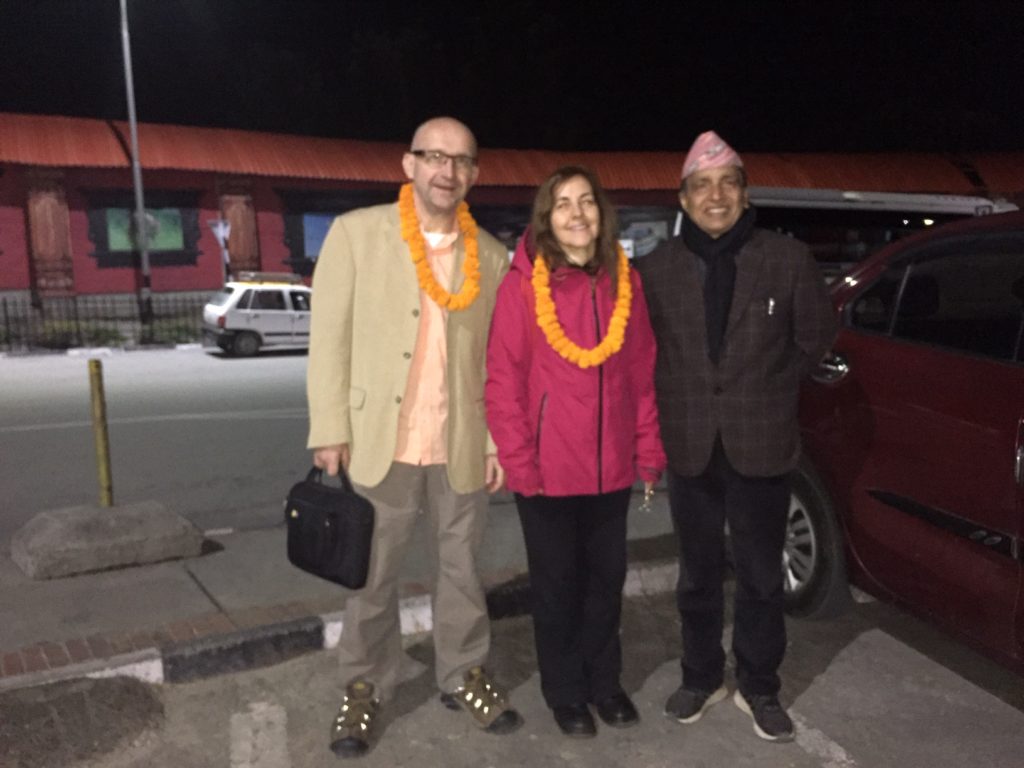
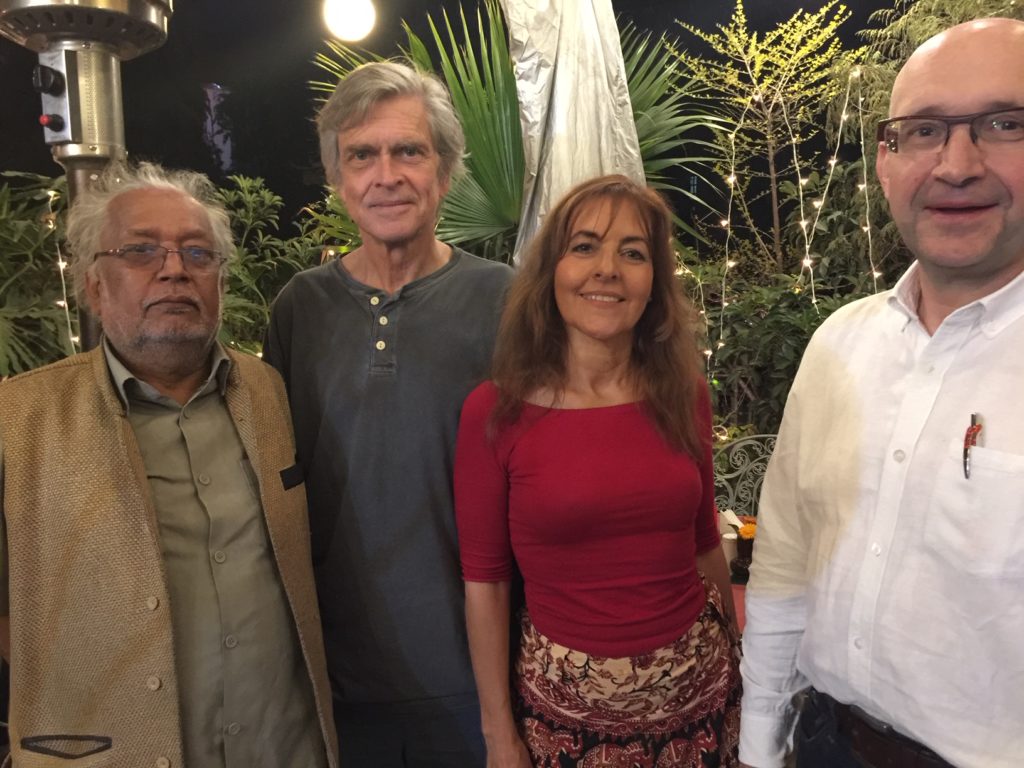
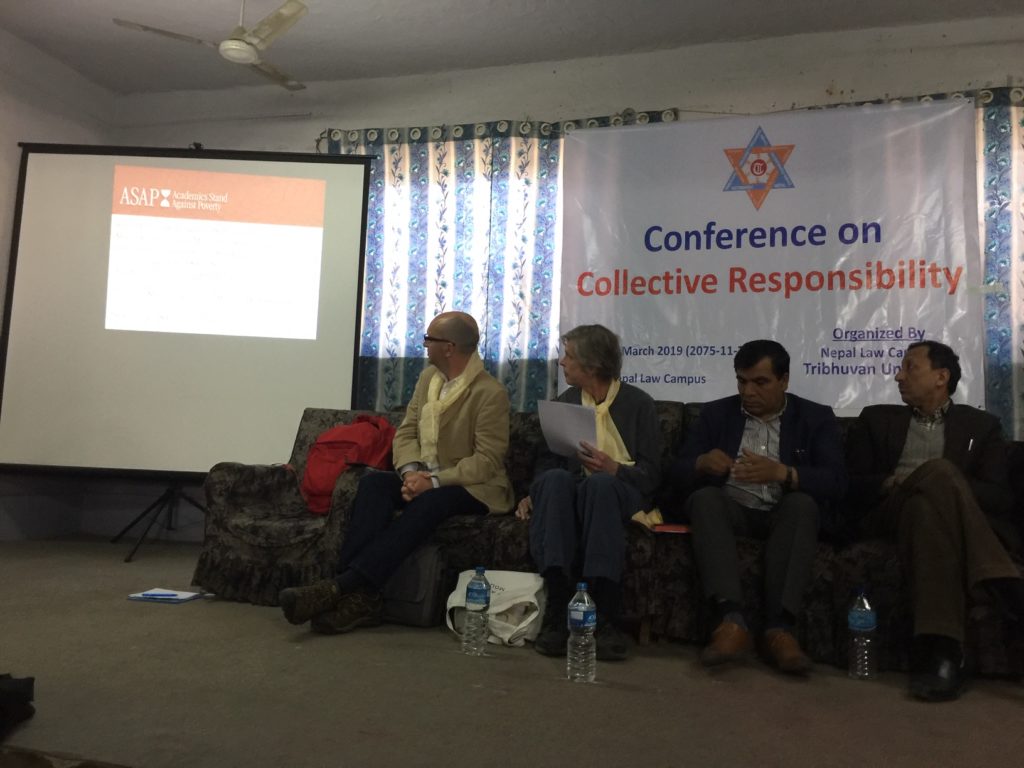
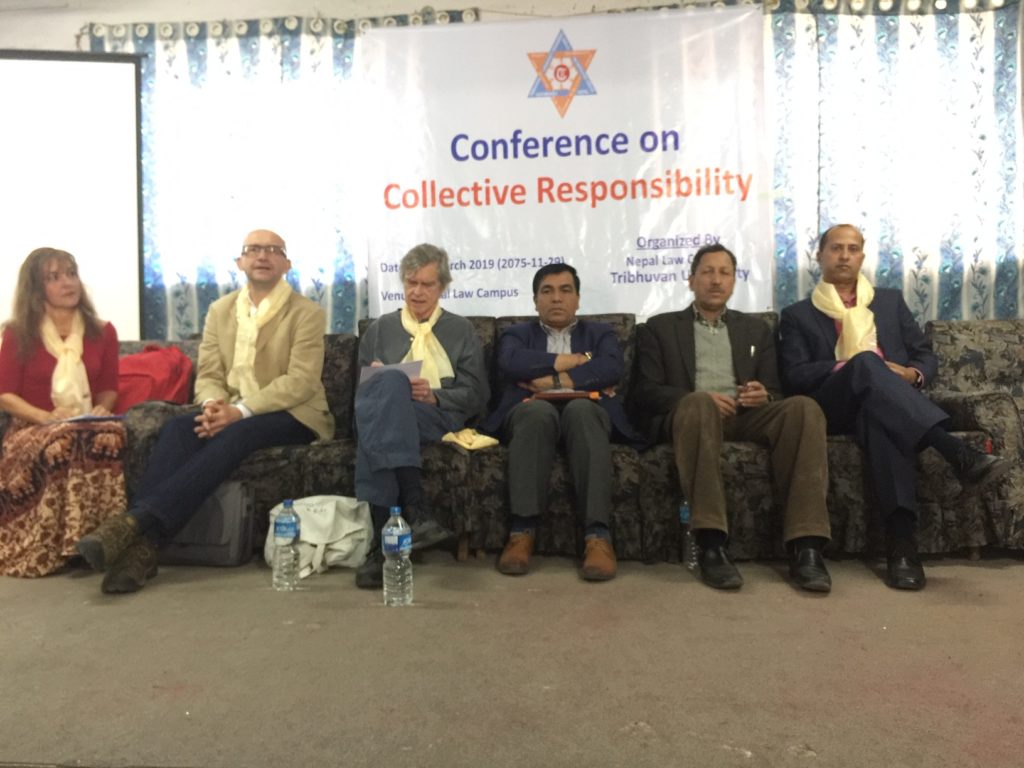
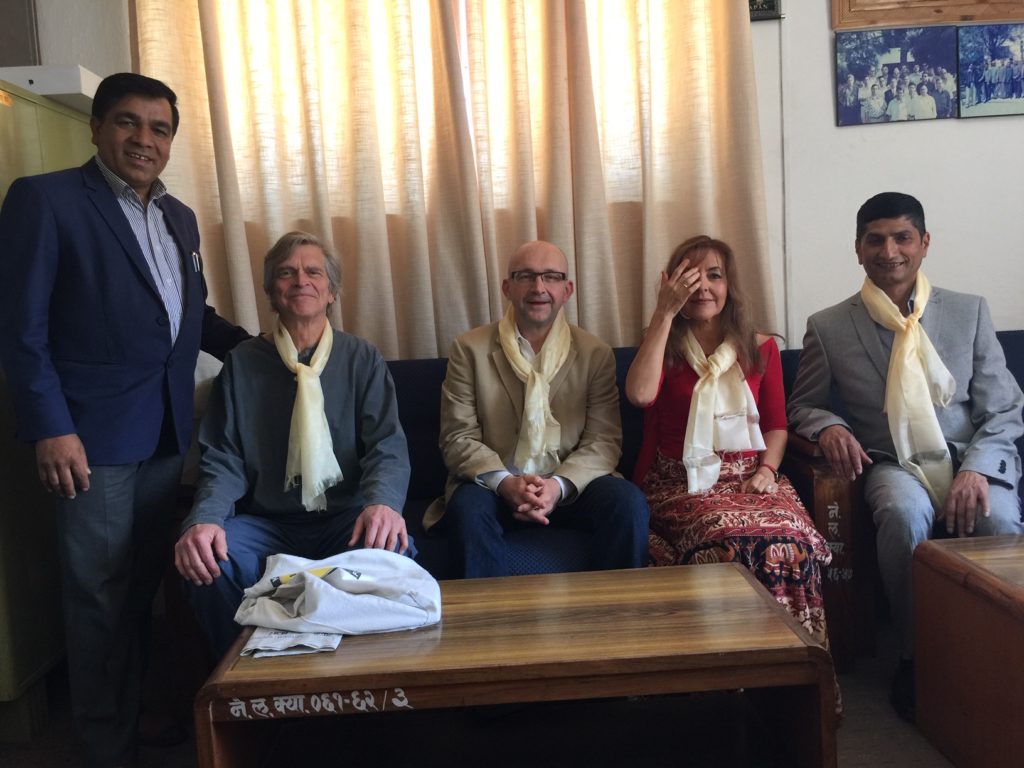
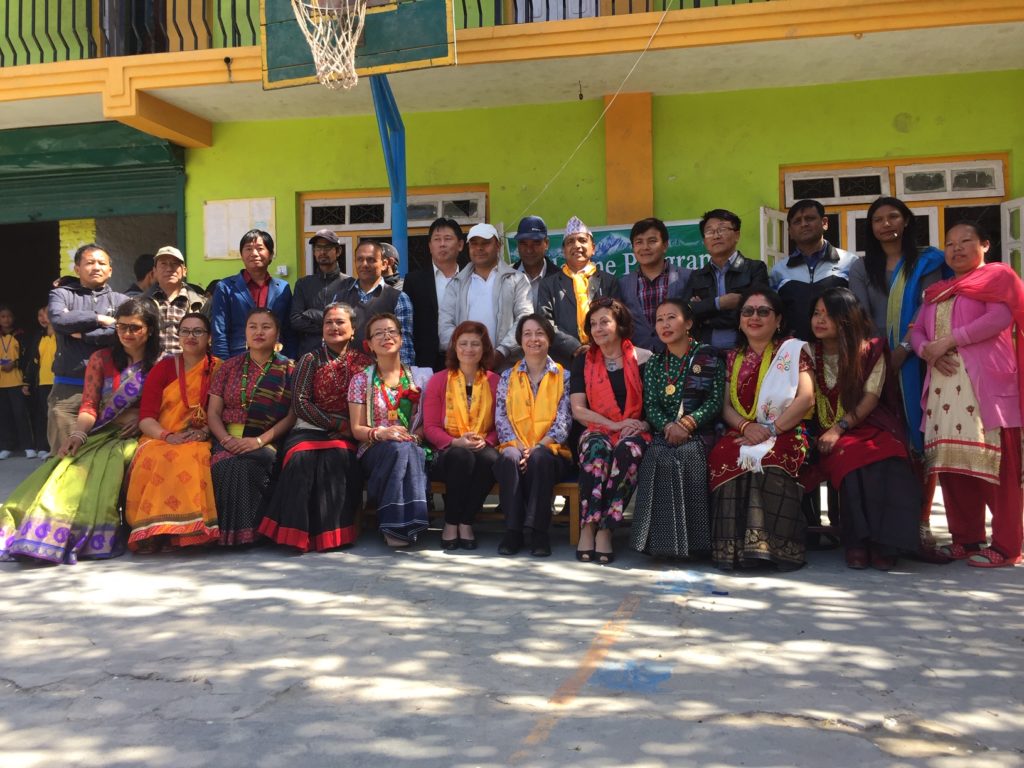
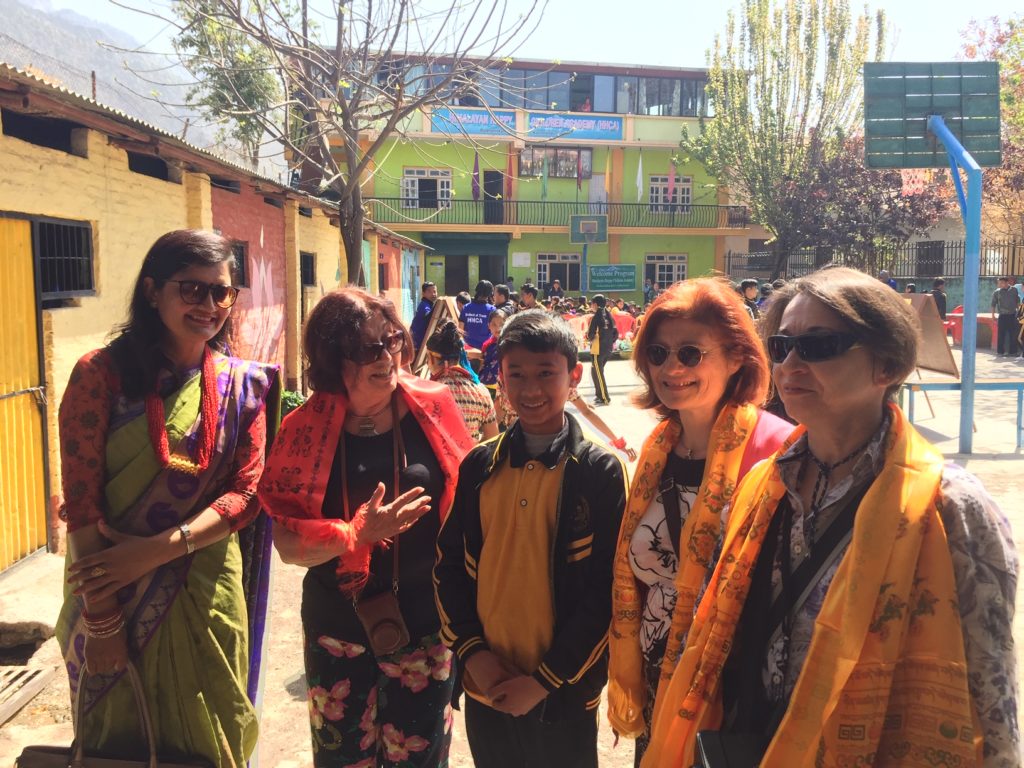
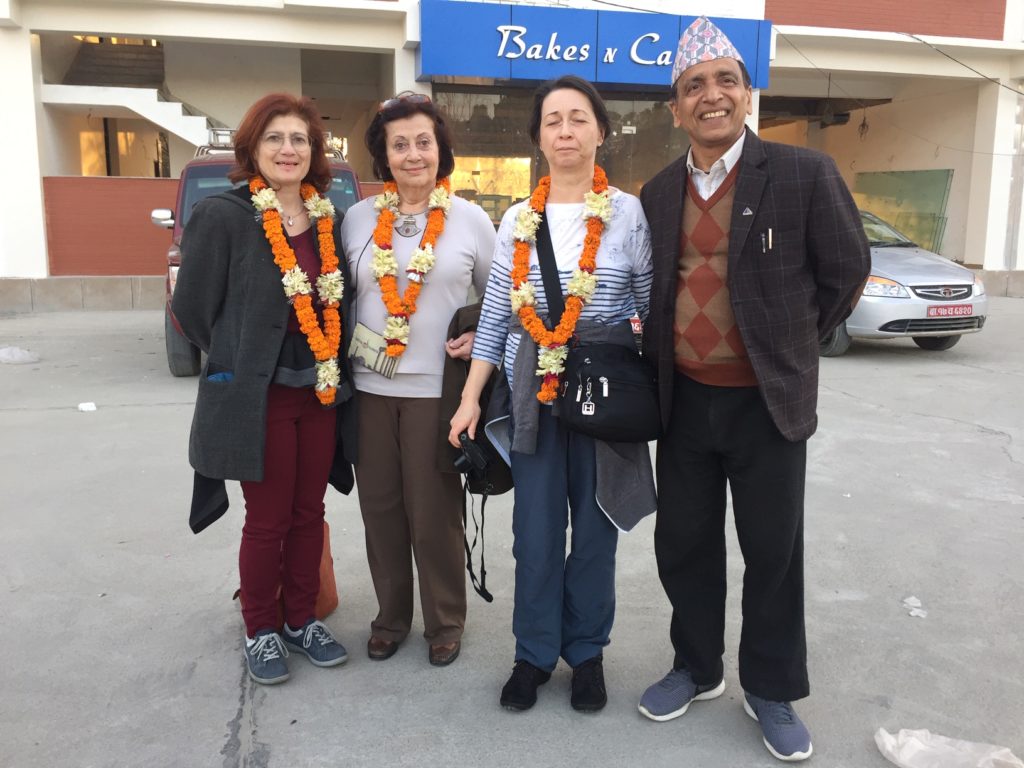
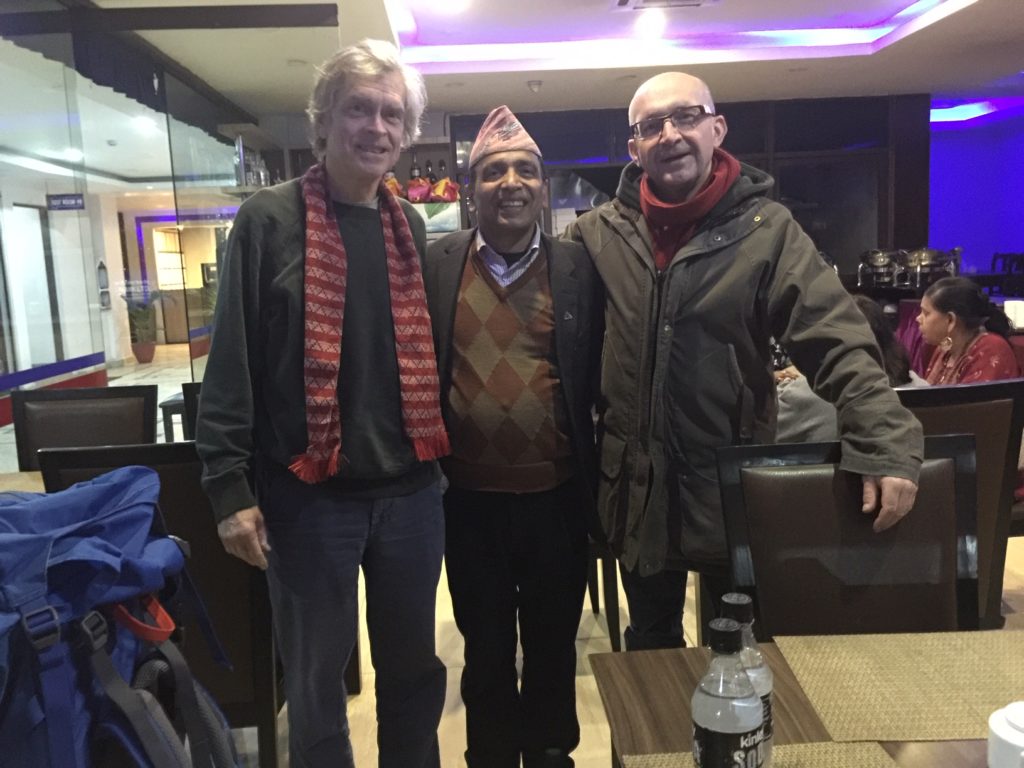
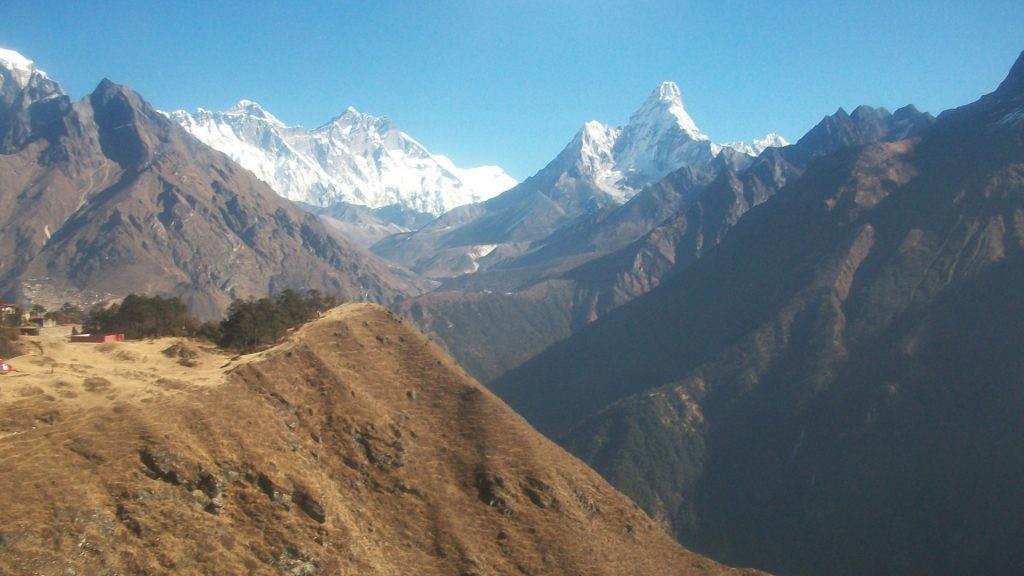
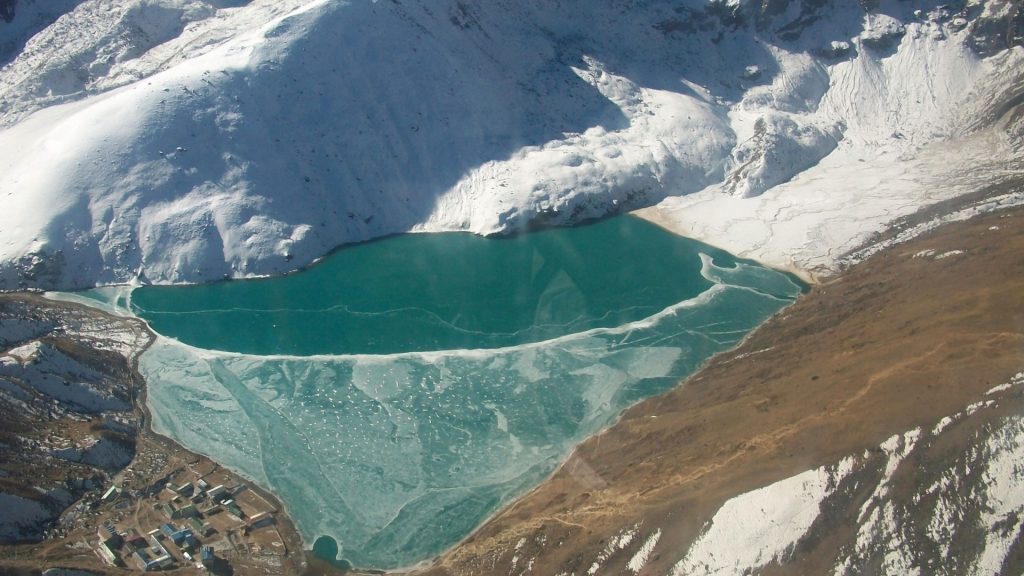
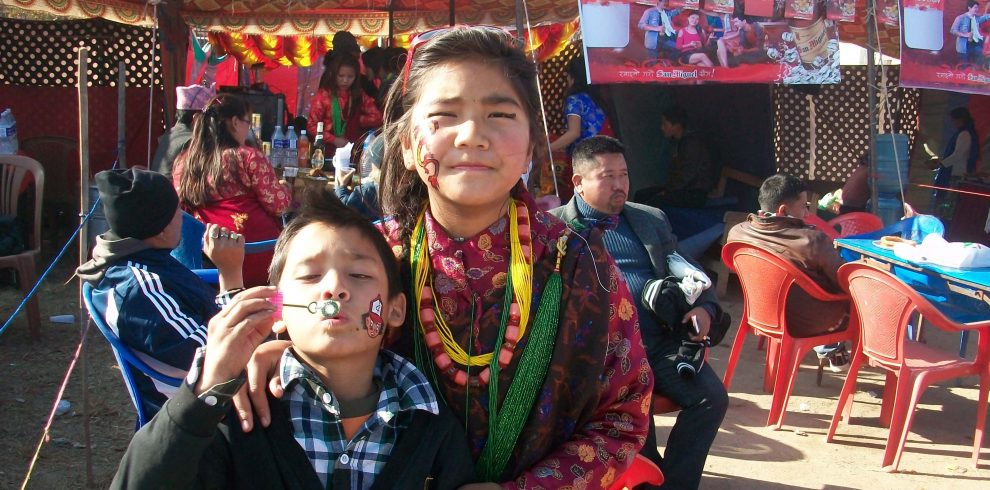
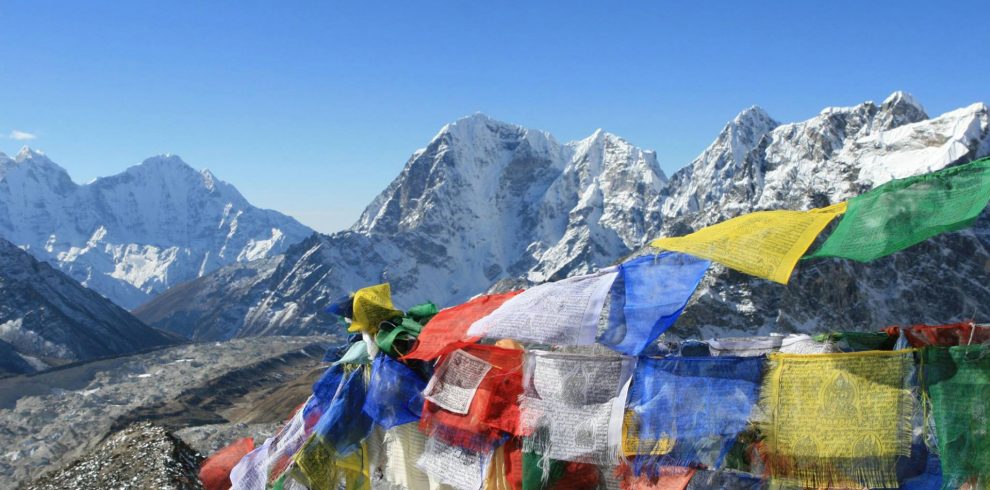
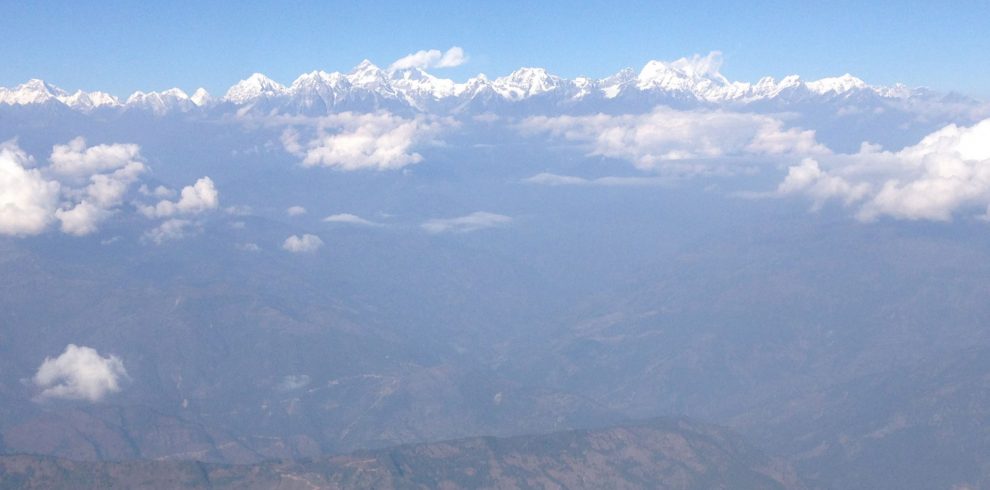
Write a Review
You must be logged in to post a comment.